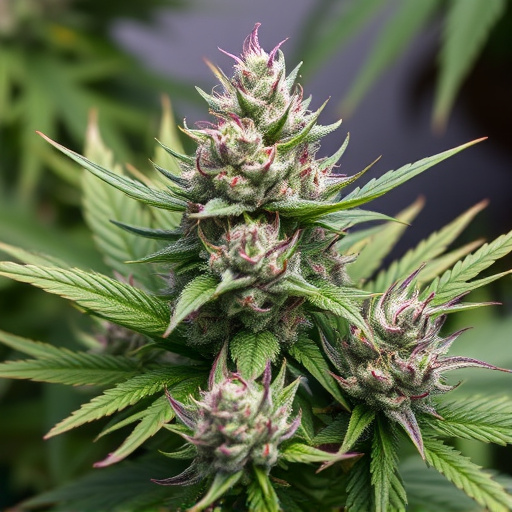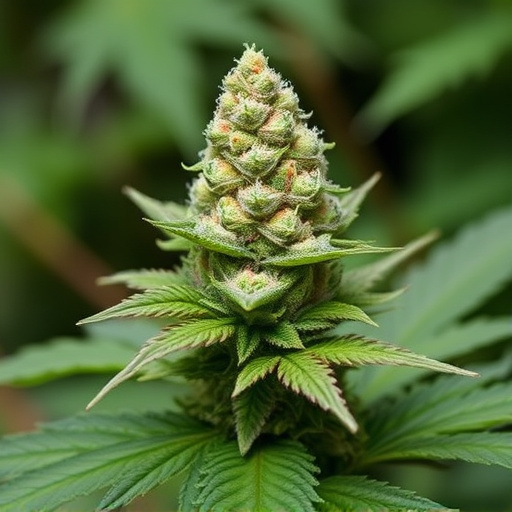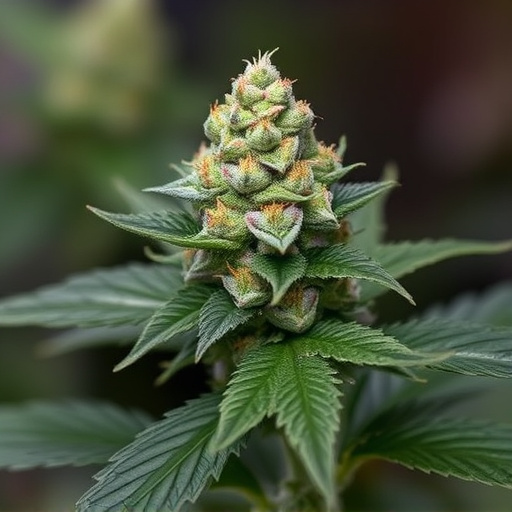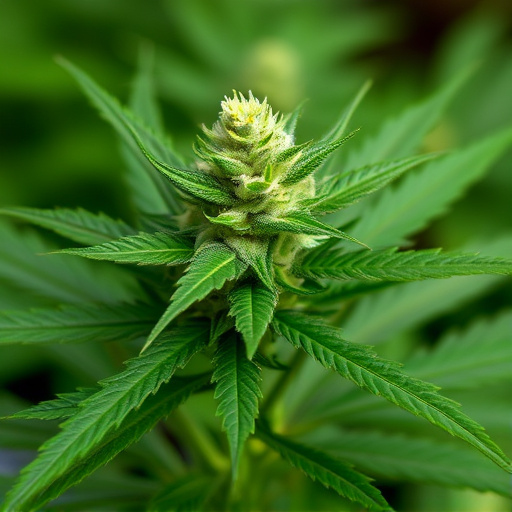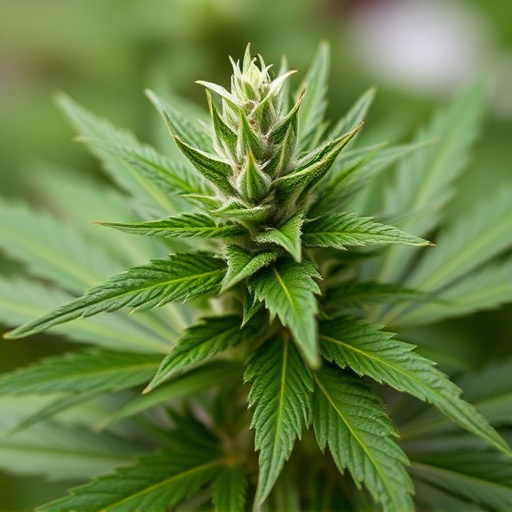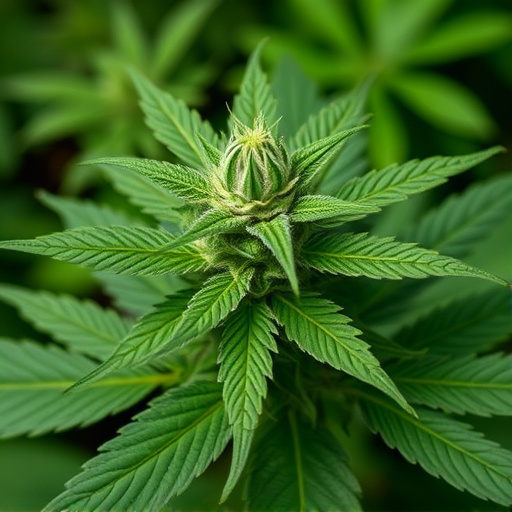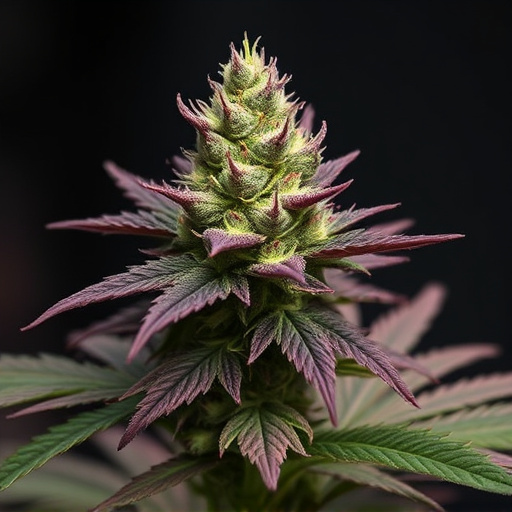Drug tests, particularly urinalysis, identify substances like illegal drugs and specific medications. Recent research complicates this dynamic with CBD-rich cannabis strains that may provide relief for migraine sufferers, as these strains have low THC content and differ in detectability due to varying metabolism rates. Understanding the chemical profiles of cannabis varieties is crucial for individuals using medical cannabis who need to pass drug tests, highlighting the need for open communication with healthcare providers.
Weed, or cannabis, can surprisingly show up on drug tests, causing confusion, especially for medical users. This article delves into understanding drug tests and their purpose, exploring how cannabis is detected in the body, and shedding light on specific strains known for migraine relief. We uncover the impact of these strains on testing, providing insights for those seeking natural remedies while navigating potential screening scenarios. Discover the science behind cannabis detection and learn about the best cannabis strains for migraines that could affect test results.
- Understanding Drug Tests and Their Purpose
- The Detection of Cannabis in the Body
- Exploring Cannabis Strains for Migraine Relief and Their Impact on Testing
Understanding Drug Tests and Their Purpose
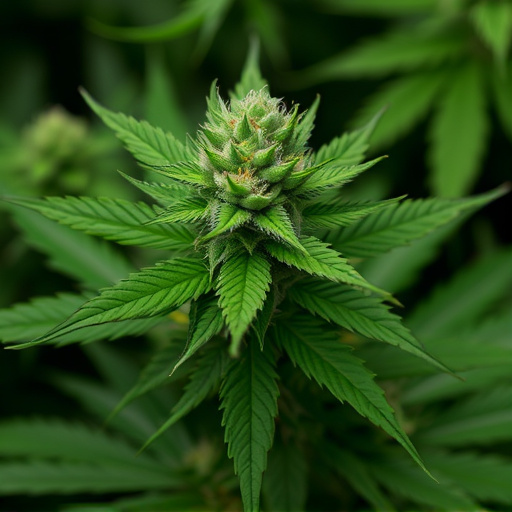
Drug tests are an essential tool in various settings, from workplace safety to legal proceedings and medical evaluations. These tests aim to detect the presence of specific substances, including illegal drugs and, in some cases, certain prescription medications. Understanding how drug tests work is crucial when considering the implications for individuals, especially those who use cannabis for medicinal purposes, like alleviating migraines.
Cannabis, or weed, can be detected through various methods, such as urine analysis, blood testing, or hair follicle sampling. Each test has its sensitivity and specificity, with urinalysis being the most common and widely available. While these tests primarily serve to ensure safety and compliance, they also play a role in legal cases and employment eligibility. Interestingly, some research suggests that specific cannabis strains, known for their high CBD content and low THC levels, may offer relief for migraine sufferers, highlighting the complex relationship between cannabis use and drug testing.
The Detection of Cannabis in the Body
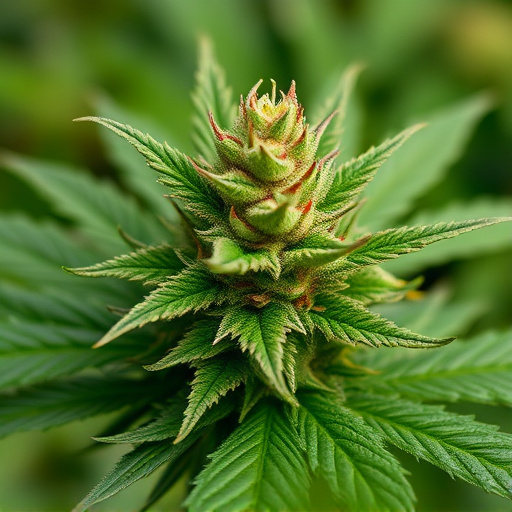
Cannabis, or weed, is detected in the body through various methods, primarily focusing on identifying its active compounds, notably tetrahydrocannabinol (THC) and cannabidiol (CBD). These compounds are metabolized and eliminated from the body at different rates, affecting the window of detectability. The detection process involves taking samples such as urine, blood, or hair to analyze for the presence of THC metabolites.
One interesting aspect is that certain best cannabis strains for migraines may have varying levels of these compounds, impacting their detectability. For instance, CBD-rich strains with low THC content might be less likely to show up in drug tests due to the minimal amount of THC metabolites produced. This underscores the importance of understanding the chemical makeup of different cannabis varieties when considering potential risks or implications related to drug testing.
Exploring Cannabis Strains for Migraine Relief and Their Impact on Testing
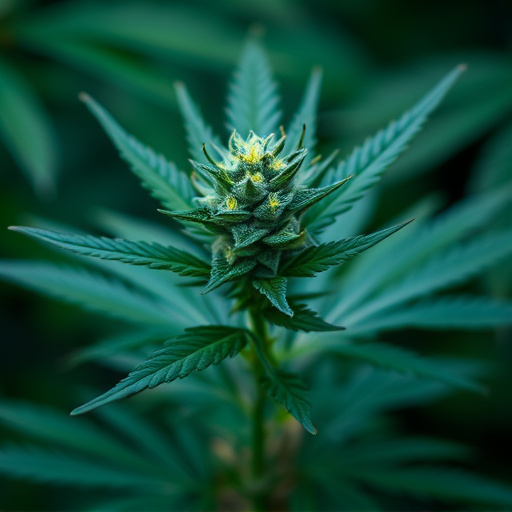
Cannabis has long been recognized for its potential therapeutic benefits, including relief from chronic pain and migraine headaches. Among the various cannabis strains, certain ones have gained popularity for their effectiveness in treating migraines. These best cannabis strains for migraines often contain high levels of cannabidiol (CBD) and lower concentrations of tetrahydrocannabinol (THC), as THC can induce anxiety and paranoia in some users. CBD, on the other hand, has anti-inflammatory properties and can help reduce pain perception without causing psychoactive effects.
When it comes to drug tests, detecting cannabis use is a complex matter. Traditional urinalysis tests primarily look for THC metabolites, such as 11-nor-9-carboxy-THC (THC-COOH), which can remain in the body for extended periods. However, CBD does not typically show up on these tests because it metabolizes differently and is quickly cleared from the system. This makes it challenging to identify recent cannabis use solely based on drug test results, especially when individuals are using CBD-rich strains for medical purposes like migraine relief. As a result, patients needing cannabis for legitimate health reasons may face difficulties in passing drug tests unless they have open communication with their healthcare providers about their treatment regimen.
Weed can show up in drug tests due to the presence of THC, the active compound in cannabis, which can remain in the body for varying periods. Understanding how cannabis is detected and exploring specific strains known for their migraine-relieving properties, like some of the best cannabis strains for migraines, can help individuals navigate these tests while managing their conditions effectively. Knowing the science behind drug test results empowers users to make informed decisions about their health and wellness.



